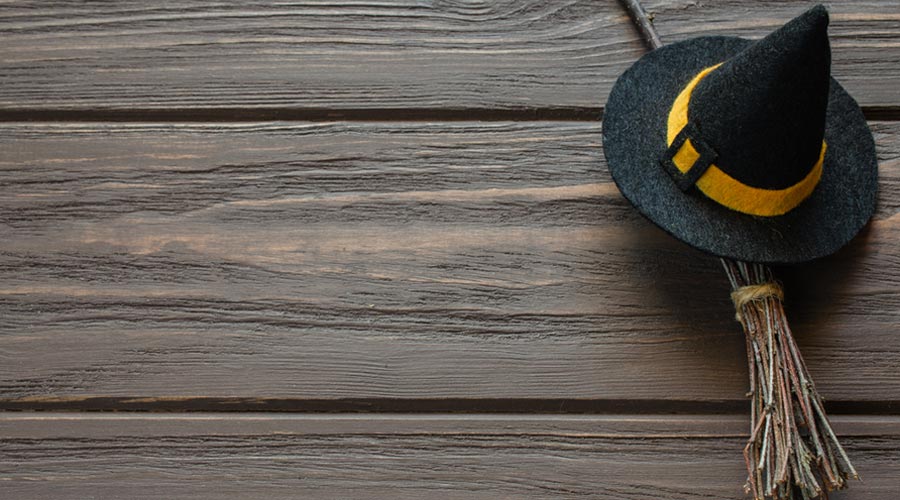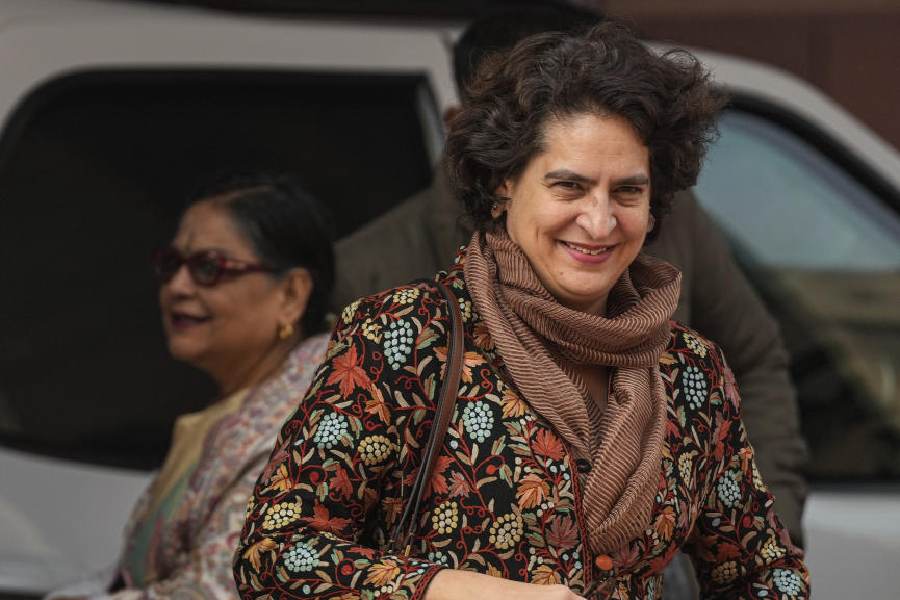The nineteenth-century painter, Luis Ricardo Falero, must be scratching his head with his paintbrush. Merely 144 years after Falero depicted witches as frenzied, unclothed, titillating women in his painting, Witches on the Sabbath, the ladies known for weaponizing the hex — those evil charms that inform many a myth and legend — have become uber-cool. The credit for this transformation must go to an ingenious mind and the power of social media. Tamara Driessen, an Englishwoman, is, in her own words, on a mission to ‘reclaim’ the imagery associated with witchcraft with the help of her Instagram account. Sagging skin, bubbling cauldrons and brooms are, hence, out: incense, candies and jewellery are in. Social media’s Midas touch has, suddenly, led to the conflation of wellness with witchcraft. And if the number of followers of Ms Driessen’s Instagram account are an indication, the New-Age hexers have, indeed, cast a spell.
What makes it difficult to dismiss Ms Driessen’s reclamation project as yet another instance of a medley of pop culture, new technology and commerce is society’s fraught, almost schizophrenic, relationship with the darker side of sorcery. On the one hand, literary traditions across the world have fattened themselves on witches and their antics. On the other, the planes of politics and religion have been complicit in the branding and butchering of women in the name of witchcraft. The notorious Salem witch trials in the United States of America may have taken place years ago but they continue to cast their long shadow on modernity. According to one estimate, one woman is killed in three days in ‘modern’ India. Legislation — Assam, Bihar, Jharkhand, Chhattisgarh, among other states, have passed legal deterrents — has not prevented either the deaths or the persecution of women. There are two main reasons for this. The markers of modernity — literacy, rationality, legal protection — remain unequally distributed in the republic. Second — this is more worrying — prevailing superstitions are exploited to rob women of agency: most victims of India’s notorious witch-hunts are targeted to rob them of their material possessions.
Mercifully, Ms Driessen is not a lone crusader. Wiccans and other fraternities have established their chapters in a number of countries. They have been lent a helping hand by an, albeit fragmented, cultural ecosystem that is inclined to reimagine the witch as a benign figure, even a do-gooder. Sabrina’s enduring appeal is a case in point. But a sitcom is an unlikely harbinger of meaningful social change. So Sabrina could do with a bit of help. And therein lies the challenge for Ms Driessen and her tribe. They would have to rid society of orthodoxy and superstition without appearing to encourage these very evils. One way of doing this would be to take their campaign beyond the ritualistic trappings of pop witchcraft and engage in serious debates about women’s emancipation, pluralism in thought, even the environmental crisis — Wiccans are reverential of nature — by tapping into society’s unmitigated fascination with ladies zipping around on brooms.











